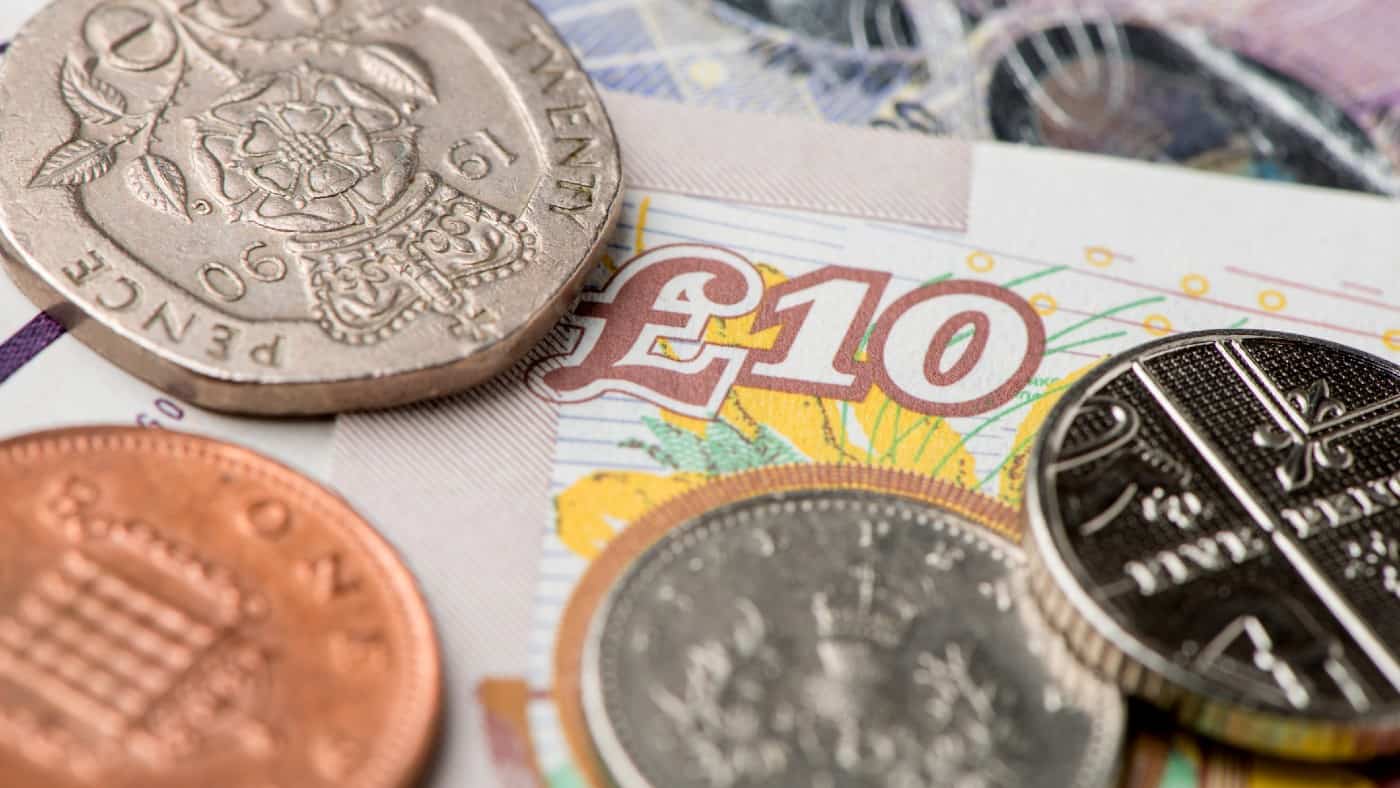Owning shares in proven blue-chip companies is one proven way to generate passive income. No wonder so many people (including me) own FTSE 100 shares hoping to receive dividends from them long into the future!
That is not guaranteed. For a company to pay a dividend, it needs to be able to afford it and also decide it wants to use spare cash to reward shareholders rather than, for example, invest in growth.
But when the approach works, it can work very well. I keep my portfolio diversified across a range of different companies. But here I illustrate how, by buying 10 shares a week of one such FTSE 100 company, I could aim to build a £1,000 (and hopefully growing) passive income over time.
Focus on free cash flows
Rather than starting by looking for a business that already pays big dividends, my focus is on the future. Even a FTSE 100 company can slash its dividend – indeed, Vodafone announced plans yesterday (15 March) to do exactly that in 2025.
What are the characteristics of a blue-chip company that makes it seem likely to maintain or increase its dividend?
At the end of the day, paying out spare money to shareholders requires enough free cash flows to fund that.
While investors sometimes focus only on profits, such earnings (or losses) can include non-cash items. When it comes to dividends, I pay more attention to free cash flow as a company needs cold, hard cash to keep paying out dividends.
Going to the source
But what allows a company to generate such free cash flow?
It needs to take more cash in than goes out the door, ultimately. So I look for a business with a sizeable customer base that looks set to keep buying in future. That can depend on a company having a competitive edge over rivals, so I look for firms with something that sets them apart.
As an example, consider insurer Phoenix (LSE: PHNX).
The well-established financial services company operates in a market with resilient long-term demand that I expect to stay high. The business has a large long-term client base, and strong brands such as Standard Life and SunLife.
That sets the stage for strong free cash flows. The current dividend yield is 10.3%.
Can that continue? One risk I see is uncertain financial markets leading clients to withdraw funds, hurting both revenues and profits for Phoenix.
From a long-term perspective though, I like this FTSE 100 company’s mix of businesses, its proven ability to manage funds and the large customer base.
Aiming for £1,000
Last year, each Phoenix share earned 50.8p in dividends.
The interim dividend this year grew by 5% and I hope the full-year payout will do the same. But even using last year’s full-year dividend per share, buying 10 shares would earn me over £5 in annual dividends.
So, if I bought 10 shares a week for under four years, I would hopefully earn £1,000 in dividends annually form this FTSE 100 share alone.
The current Phoenix share price is around £5.07. So, for now at least, I could buy 10 shares for under £51.







